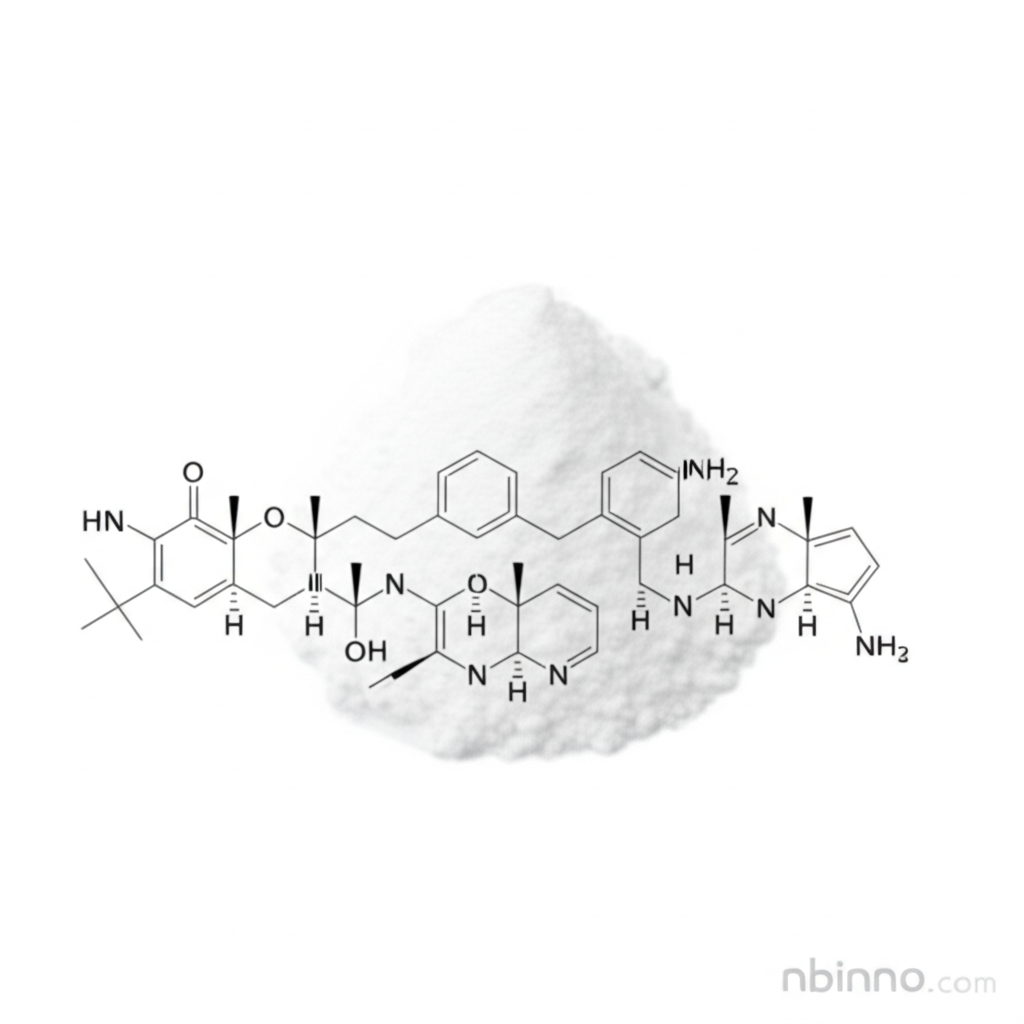Fmoc-Tyr(HPO3Bzl)-OH: Your Key to Advanced Peptide Synthesis
Unlock new frontiers in drug discovery and biological research with this essential phosphorylated amino acid derivative.
Get a Quote & SampleProduct Core Value

Fmoc-Phosphono(benzyl)-L-Tyrosine
This highly specialized Fmoc-protected amino acid is a cornerstone for sophisticated peptide synthesis, particularly when mimicking the complex functions of phosphorylated tyrosine in biological systems. Its precise structure and the established Fmoc protecting group chemistry enable seamless integration into complex peptide sequences, driving innovation in medicinal chemistry and drug development. Understanding how to buy Fmoc-Tyr(HPO3Bzl)-OH is crucial for researchers aiming for high yields and purity.
- Mimicking phosphorylated tyrosine residues is vital for studying protein interactions and signaling pathways, making this a crucial component for advanced biochemical research.
- Utilize this building block to develop targeted therapies that precisely mimic natural phosphoproteins, enhancing treatment efficacy and specificity in various disease areas.
- As a key intermediate in drug discovery, it streamlines the creation of novel therapeutic agents by providing a reliable building block for complex biomolecules.
- Leverage the efficiency of solid phase peptide synthesis reagents by incorporating Fmoc-Tyr(HPO3Bzl)-OH into your synthesis protocols for improved outcomes.
Advantages You Gain
Milder Synthesis Conditions
Fmoc chemistry offers milder reaction conditions compared to older methods, contributing to higher peptide yields and reduced side reactions, a key factor when researching Fmoc amino acid derivatives.
Enhanced Orthogonality
The acid stability of the Fmoc group combined with base-labile side chain protecting groups ensures true orthogonality, simplifying the synthesis of complex and modified peptides.
Facilitates Complex Biomolecule Synthesis
Its compatibility with automated synthesis and parallel synthesis techniques makes it an indispensable tool for creating intricate peptide libraries and biomolecules for bioconjugation.
Key Applications
Peptide Synthesis
Serve as a critical building block in the synthesis of phosphopeptides, essential for studying protein phosphorylation events and cellular signaling cascades, a core aspect of peptide synthesis.
Drug Development
Its ability to mimic natural phosphorylated tyrosine makes it ideal for designing targeted therapies and drug candidates that interact with specific protein targets, aiding in drug discovery.
Biochemistry Research
Used to investigate enzyme activities and protein-protein interactions that are modulated by tyrosine phosphorylation, providing insights into cellular mechanisms and disease pathways.
Medicinal Chemistry
Enable the synthesis of phosphopeptide analogs with improved stability and bioavailability, advancing the development of new therapeutics for conditions like cancer and metabolic disorders.
